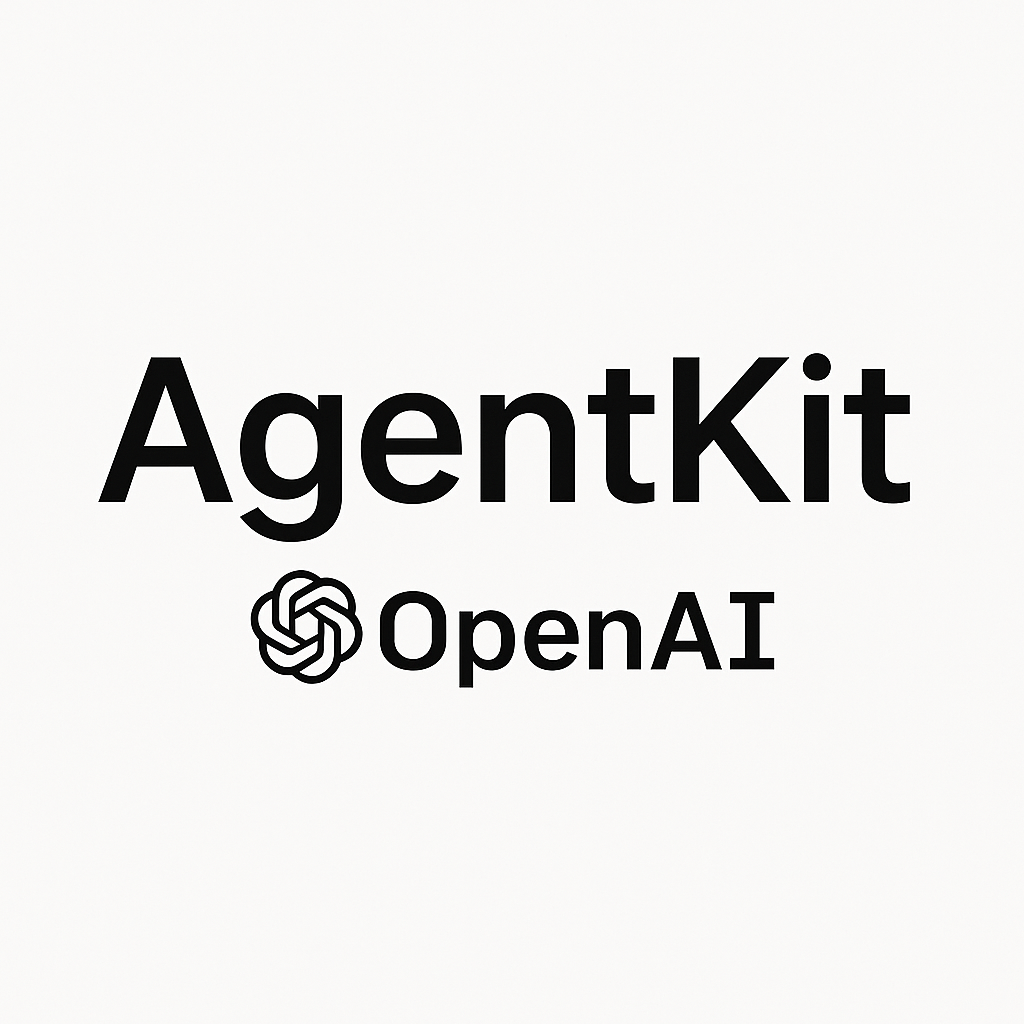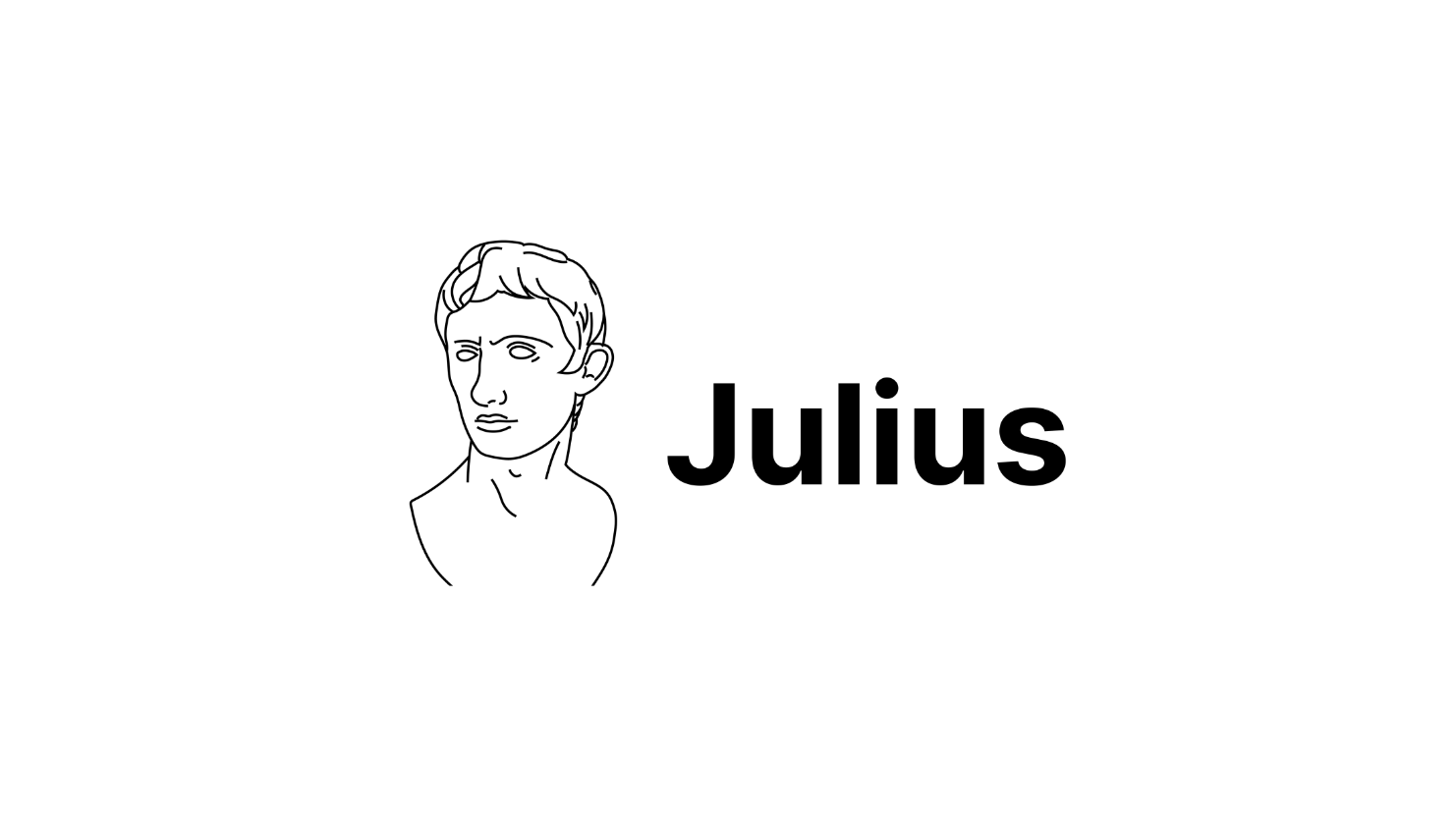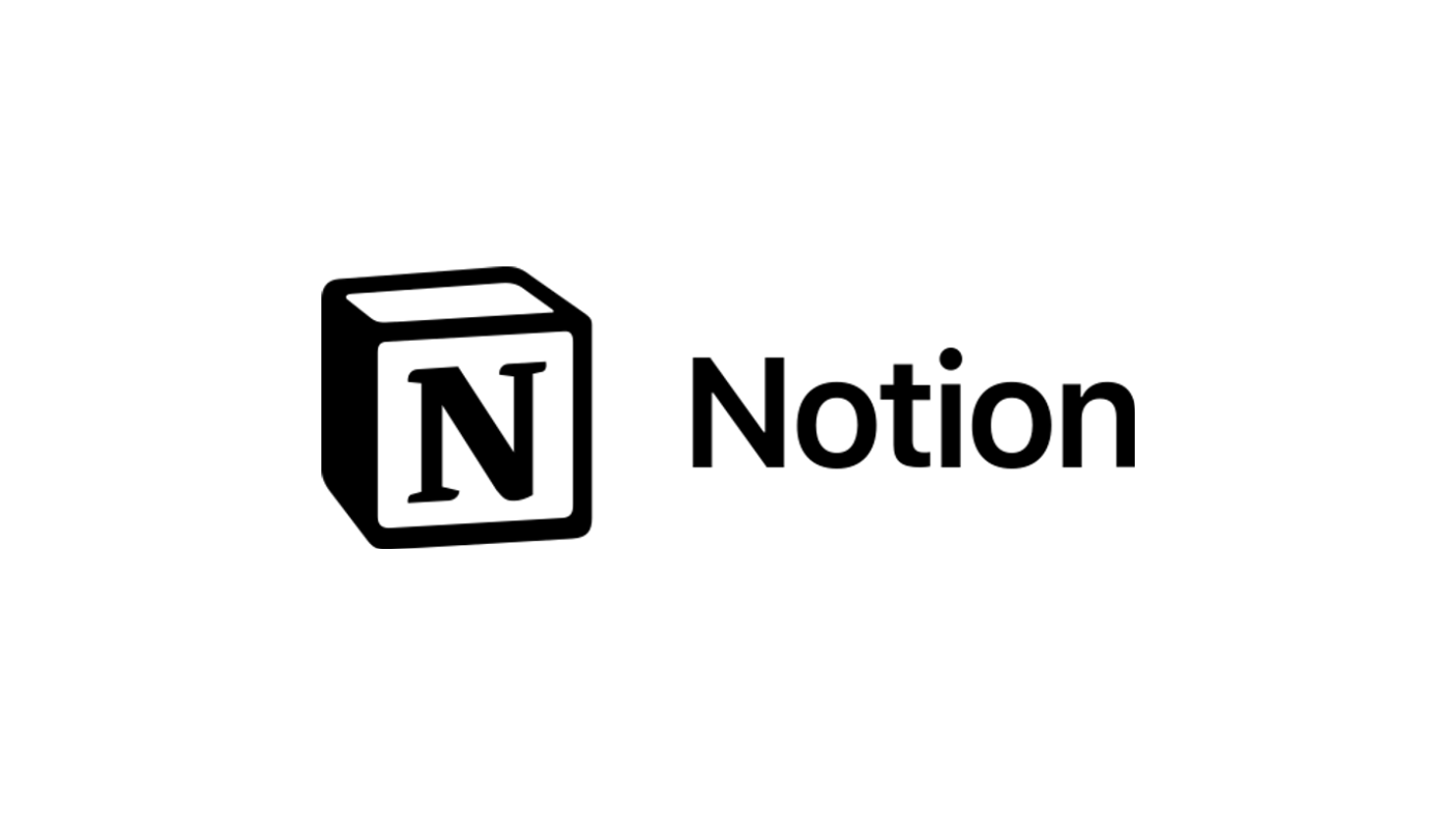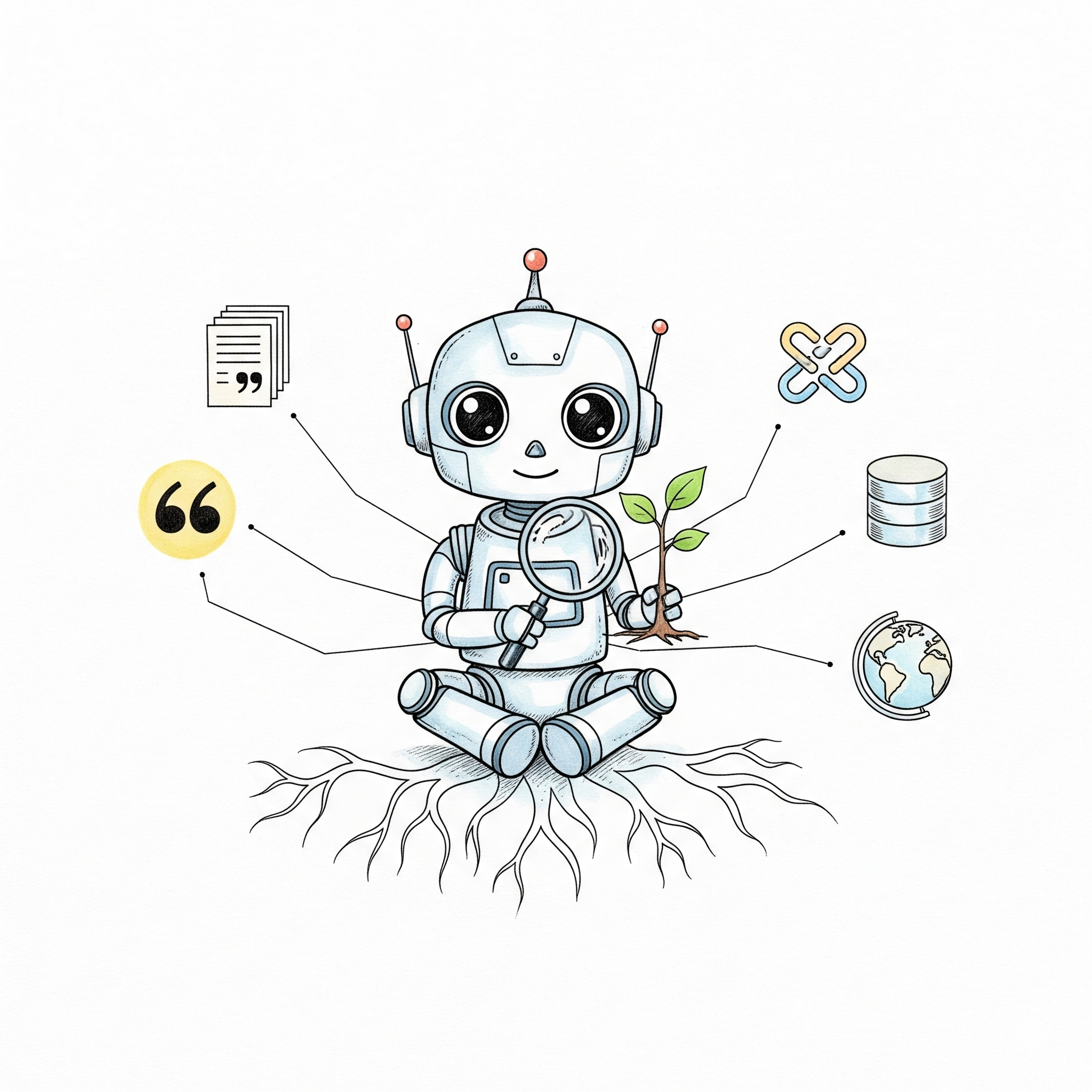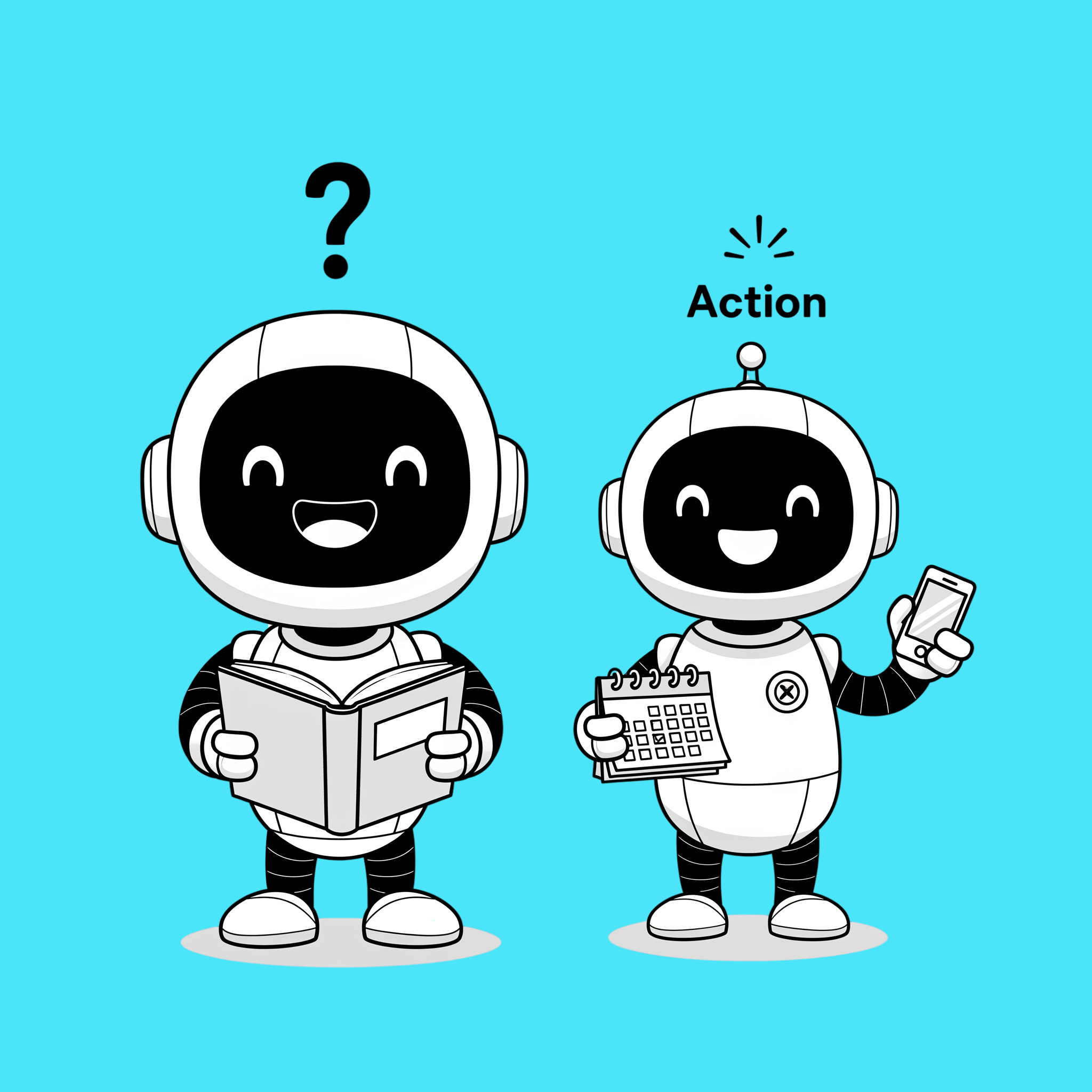Two of today’s most powerful technologies, Quantum Computing and Artificial Intelligence, are changing how we process information and make decisions. They sound futuristic and complex but at their core both are about finding patterns and answers, they just do it in very different ways.
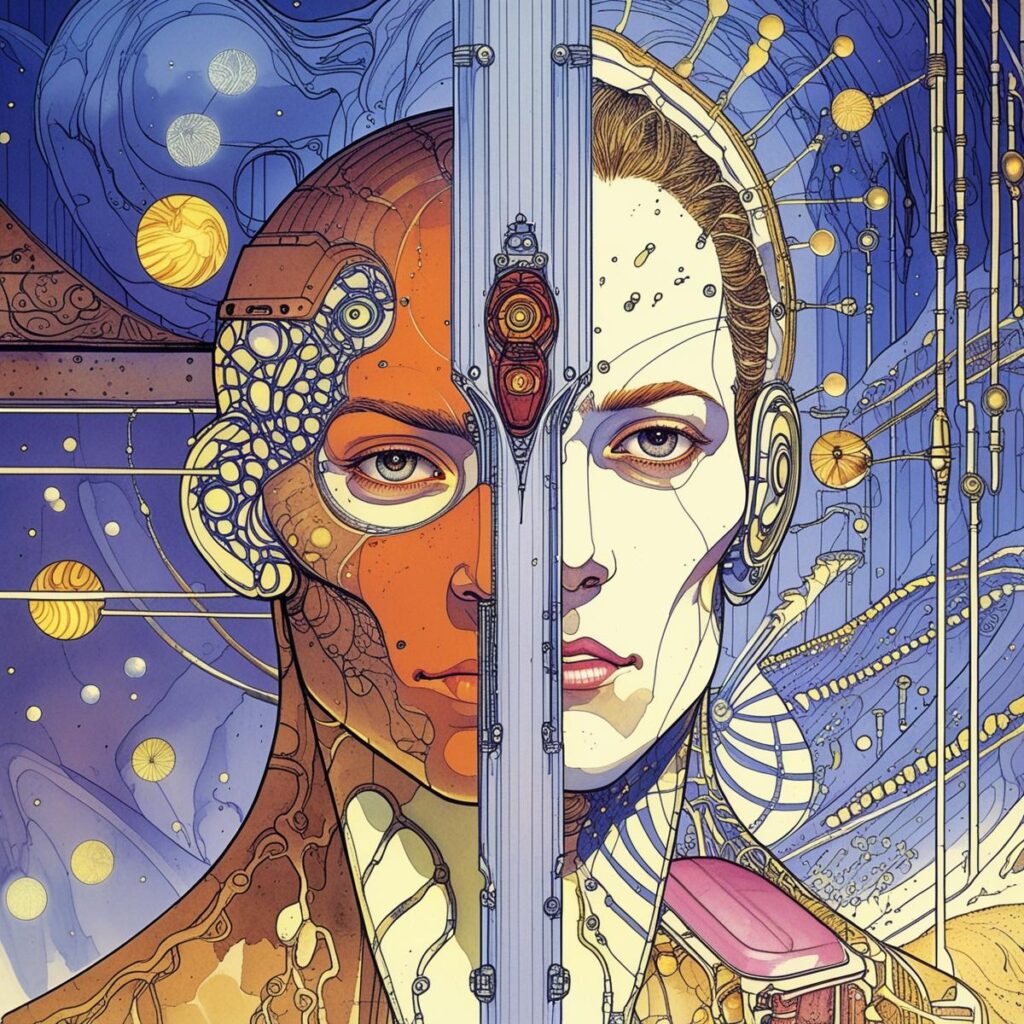
How Quantum Computing Works
In a classical computer information is stored as bits, 0s and 1s. Every piece of data, from your emails to your photos, is just a long sequence of these two states. Quantum computers use qubits, short for quantum bits.
Here’s the big difference:
A classical bit can be either 0 or 1.
A qubit can be 0, 1, or both at the same time, thanks to a property called superposition.
When we say a qubit can represent many states at once, we’re really saying that a quantum computer can explore many possible solutions in parallel.
Multiple qubits working together can represent huge numbers of possibilities simultaneously. For instance, with 2 qubits you can represent 4 possible combinations at once. With 10 qubits, you can represent over 1000 combinations simultaneously.
Quantum computers also use entanglement, a phenomenon where qubits become linked, so that the state of one affects the others instantly. As well as interference, where quantum waves add up or cancel out. Correct answers strengthen as their waves align, while wrong ones fade as their waves cancel. In the end, the strongest remaining “signal” points to the most likely solution.
Unlike classical machines that test options one by one, a quantum computer orchestrates all possibilities at once, using interference to strengthen the right answers while fading out the rest.
How Artificial Intelligence Works
If quantum computing is about exploring possibilities, AI is about learning from experience. It runs on classical computers, using data and algorithms rather than quantum effects.
It’s built on layers of systems:
Artificial Intelligence is the overall field for machines that mimic human thought.
Machine Learning (ML) is a branch that teaches systems to learn from data.
Deep Learning (DL) goes even further, using neural networks that simulate how the human brain processes information.
AI doesn’t explore every possibility like quantum computers. Instead, it looks at data from the past, learns patterns, and uses them to make predictions.
When you ask an AI system a question, your prompt triggers layers of algorithms and mathematical functions that weigh probabilities, compare patterns, and deliver the most likely correct answer. All through rapid classical computation.
How They’re Similar
Despite their different roots, quantum computing and AI share a similar goal: to find meaningful patterns in vast amounts of data and make better decisions.
Both rely heavily on probability and optimization:
AI adjusts numbers (weights) to improve its predictions.
Quantum computers adjust amplitudes (wave strengths) to amplify correct results.
In both cases, you’re guiding a system toward the most probable or useful outcome, one through mathematics and data, the other through physics.
Where They Meet: Quantum AI
Scientists are now exploring Quantum AI, a field that merges the immense computational power of quantum systems with the adaptive intelligence of AI. In the future, this combination could allow models to process information and recognize patterns that today’s computers can’t even begin to handle. Together, they hint at a new era where machines don’t just think faster, they understand more deeply.

